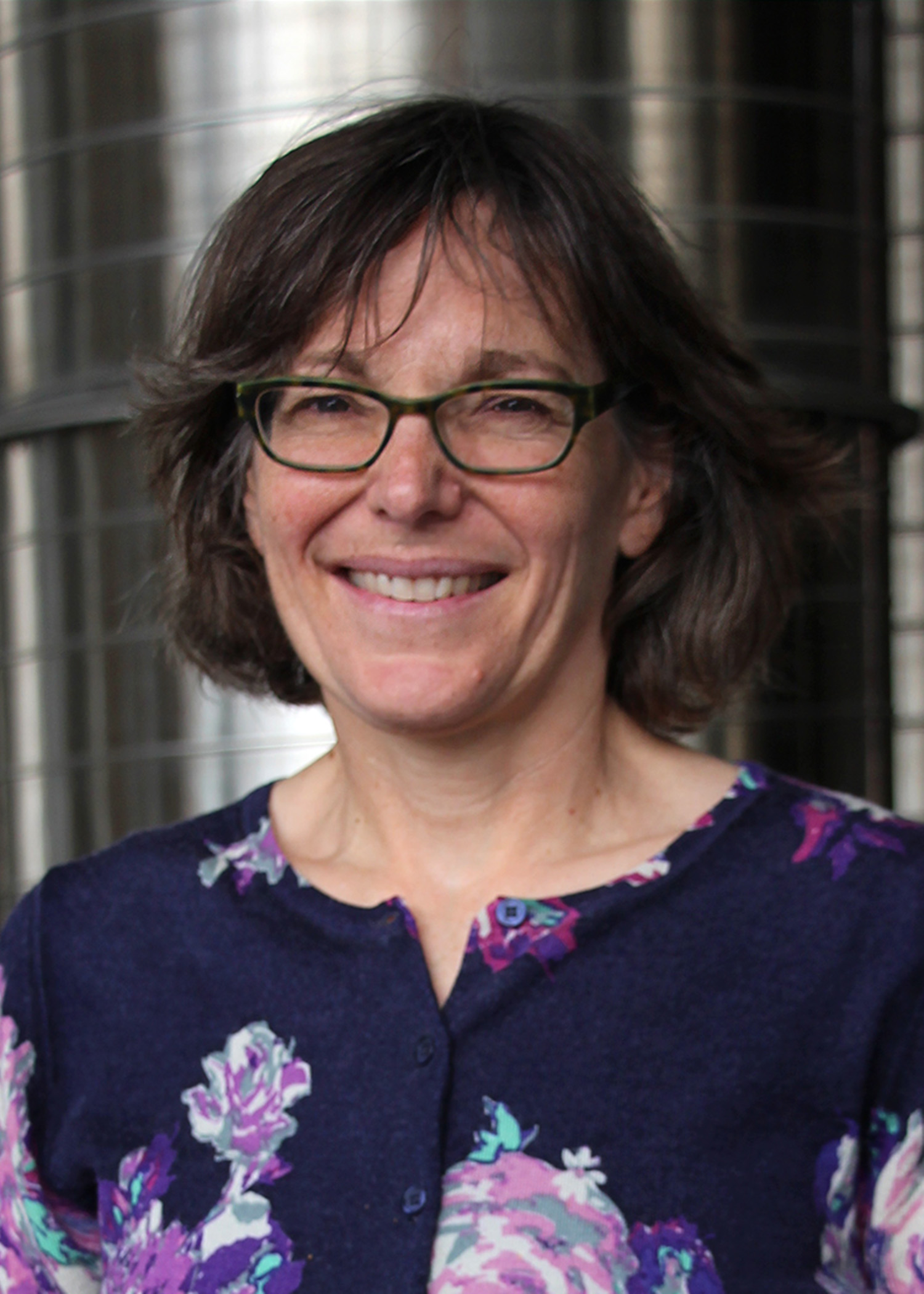10:10 am
322 Fryklund Hall
Abstract
As global population continues to increase and consumers become more affluent, there is growing demand for both electricity and consumer products. However, in recent decades, consumers have become more aware of the negative environmental consequences of electricity and product consumption, including resource depletion, pollution, and increased greenhouse gas emissions. This begs the question: can we meet this growing demand for energy and products, but do so while reducing our impact on the environment? Design engineers are uniquely qualified to answer this question, as our methodologies influence the complete lifecycle design of products and systems, from initial ideation through manufacturing, use, and disposal. In this talk, I’ll explore my lab’s recent work in Design Automation, and how we have created and applied optimization, machine learning, and machine intelligence methods to help designers create greener products and systems, including offshore renewable energy systems and more sustainable consumer products.
Bio
Dr. Bryony DuPont is an Assistant Professor of Mechanical Engineering at Oregon State University. She is one of seven full-time faculty working in the Design Engineering Laboratory, one of the largest academic mechanical design groups in the US. Bryony’s students work in design automation for renewable energy systems and sustainability, research areas that are exciting and relevant and have nothing to do with the fact that she was born on Earth Day. Bryony completed her Ph.D. at Carnegie Mellon University, spent some time as a research intern at the National Wind Technology Center, and is currently a PI with the Northwest National Marine Renewable Energy Center (NNMREC). Bryony’s path to an academic position was motivated by an unnatural curiosity of computer-aided design, the inability to work only eight hours a day, and a flair for showmanship (she is a classically trained vocalist). She gesticulates wildly when discussing women in engineering, engineering education for young students, the immense influence of the arts in science and engineering, musicals, and her twin girl cats. Find her on Twitter @BryonyDuPont, or Instagram @dr.dupont.

